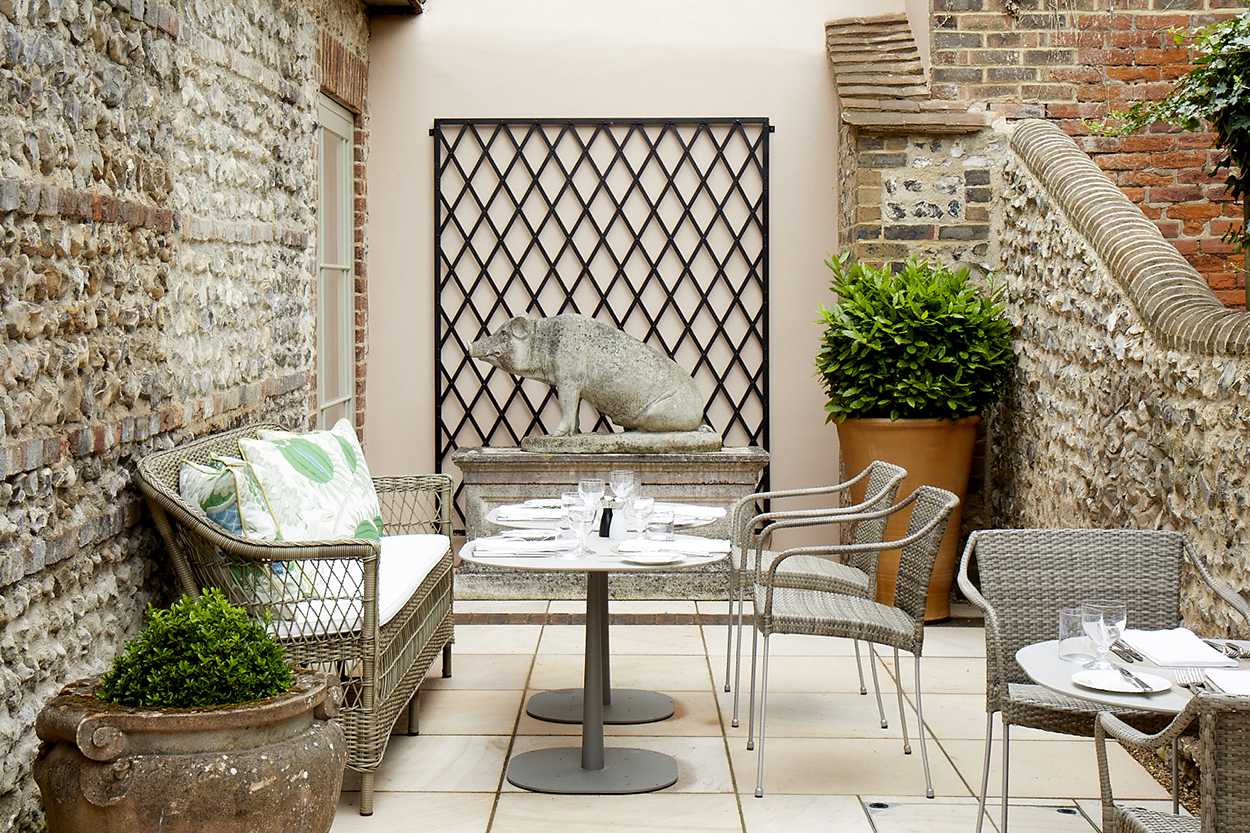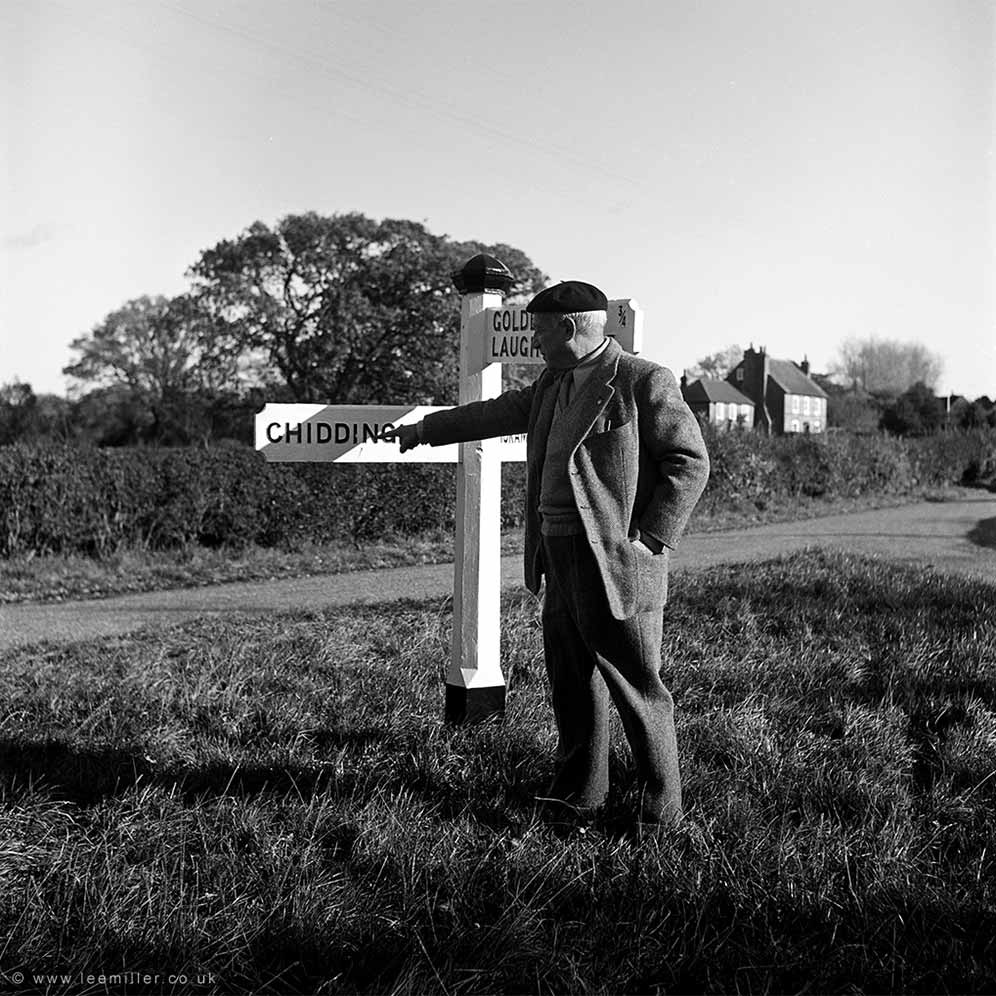The Endsleigh Gardener: Life is returning to the garden by Ben Ruscombe-King (January 2020)
Though we are still in the depths of winter and have just had our first hard frost, there are little beacons of hope popping up all over here at Endsleigh. Snowdrops pop their bowed heads through the frost, as if to check all is well for the coming year; winter aconites light up shady corners with their sunny yellow flowers; crocus are tempted from their winter slumber by the low winter sun, and hellebores, now unencumbered by their old leaves, attack the new year with vigour and a smile on their faces.
Whilst flowers are few at this time of year, those there are have to work hard to attract attention: the scent from Lonicera fragrantissima can stop you in your tracks, Mahonia japonica can tempt one’s nose a little too close to its spiky leaves and the perfume of Hammemellis floats ethereally through the air, just out of reach.
In the long border the flowers of Iris unguicularis, Leucojum and hellebores lift the spirits, Euphorbia chariacas are tentatively lifting their buds, not yet to flower but to assess the situation and Allium, Asphedoline, Geranium, Echinops, Kniphofia, Iris and Hemmerocallis are all pushing their green foliage through the rich black compost (a contrast perhaps more pleasing to a gardener than the casual viewer). Life is returning to the garden and with it the untrammeled hope and optimism only the new year can bring.
In the Dell the rampant summer growth is all gone, yet the pared back nature of the landscape somehow makes sense of the expression ‘less is more’ – one can see further and deeper when the cacophony of summer is no more. One can make sense of how the landscape works, the rock, the steep sided valley and the water, all crucial aspects to Humphry Repton’s design and all elements he manipulated to bring them to the fore. In the winter, water rushes through the valley and one can truly appreciate Repton’s very deliberate soundtrack to the garden. Stop and listen as you wander through the dell and you notice the ever changing sound of the water, a gentle trickle here, an unstoppable torrent there, bubbling brooks, cascades and waterfalls all carefully planned and ingeniously arranged yet seemingly natural. As Repton put it himself, If there be no feature in landscape more interesting than water in rapid motion, and broken into froth or foam it is considerably heightened by the consideration that the supply is not the scanty produce of human labour and mechanism- but flows perpetually from that source, whence the mighty rivers derive their existence…”. As I work in the garden it often brings a smile to my face to realise that this is art rather than nature, or perhaps more accurately art allied with nature in a way that always remains, to Repton’s sensitivities, civilized.
The climate here means that even in mid winter Endsleigh never loses its verdancy. The deciduous trees, now divested of their summer foliage, preserve their modesty with an under layer of moss and ferns, the azaleas drip with lichen and the stately evergreen conifers gaze down on proceedings with a knowing air. The grass never stops growing, the ferns keep their old fronds through to the spring and the roses often throw up the odd bloom until cut back in February. This benign landscape sustains life throughout the year but we are now reaching that magical point where hanging on transforms into pushing forth, a true fillip for both mind and soul.













